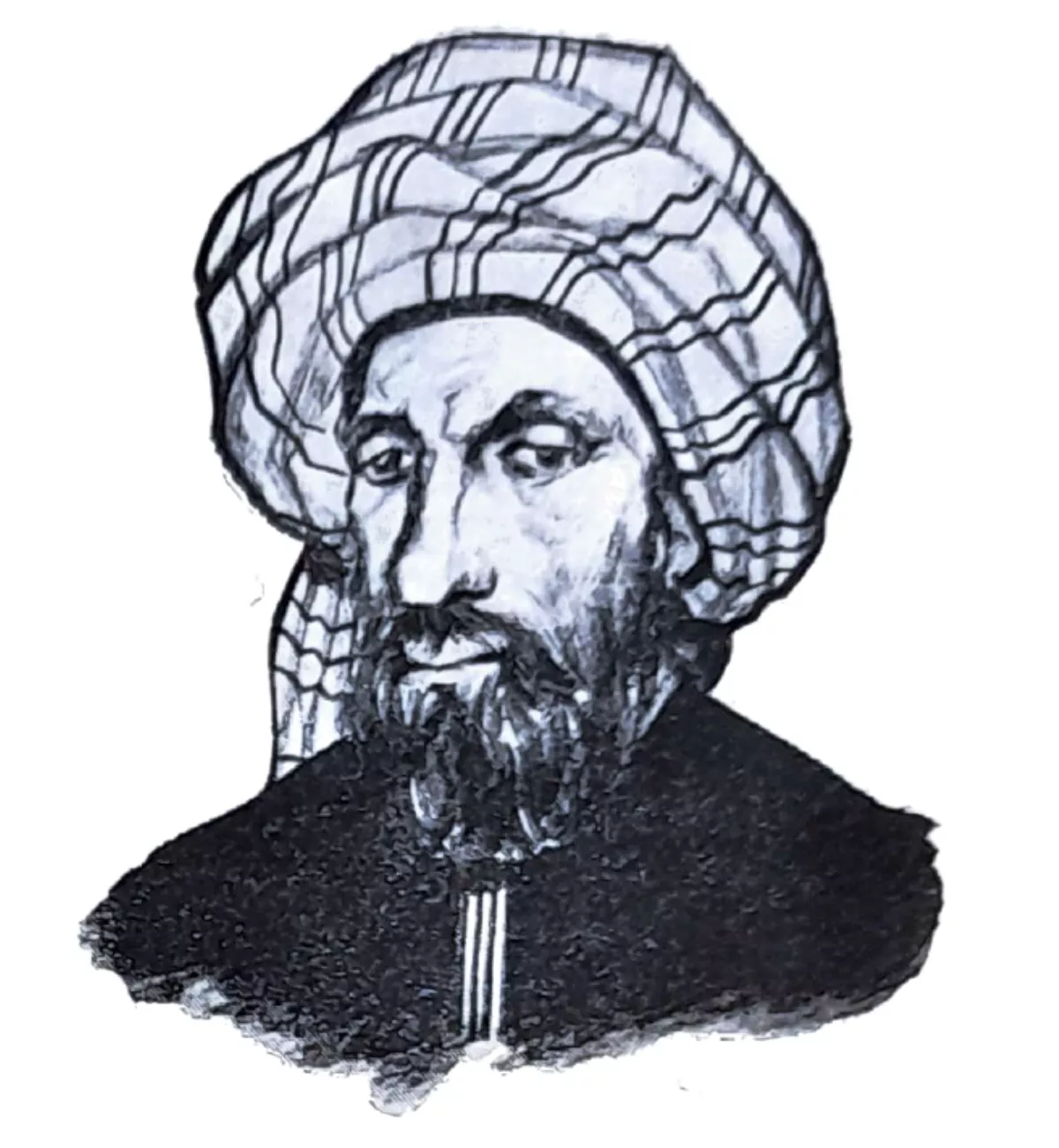 1.
1. Abu Bakr Muhammad ibn Yahya ibn as-Sa'igh at-Tujibi ibn Bajja, known simply as Ibn Bajja or his Latinized name Avempace, was an Arab polymath, whose writings include works regarding astronomy, physics, and music, as well as philosophy, medicine, botany, and poetry.